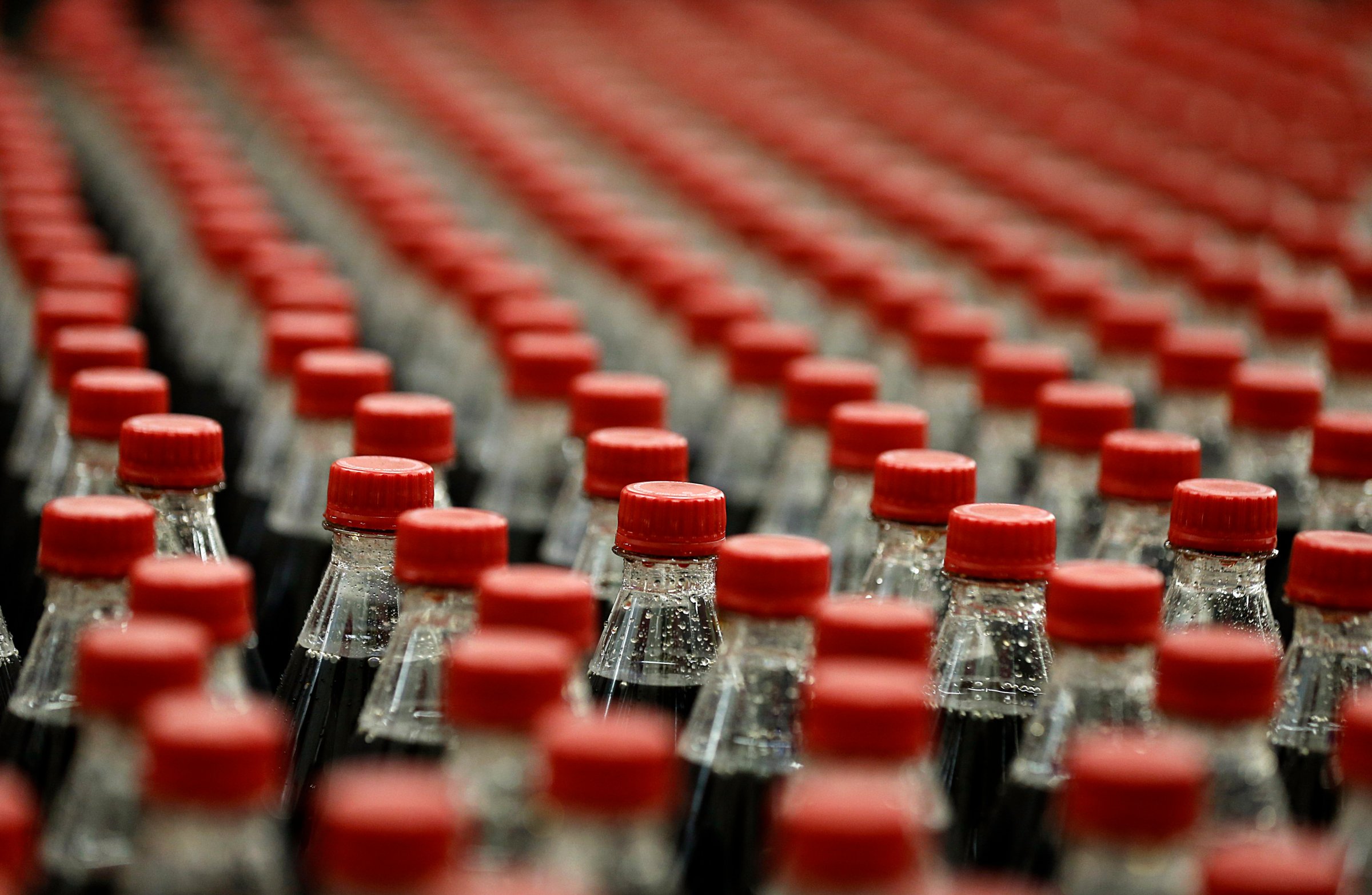
Parents of a 5-year-old girl who reportedly forced their daughter to drink more than 2 L of soda and water were charged with murder Friday.
After drinking some of her stepmother’s grape soda, Alexa Linboom was made to chug several 12-oz. bottles of it over one or two hours as a form of punishment. After vomiting, screaming in pain and urinating on herself, Alexa became paralyzed, and then unconscious, according to the Associated Press. An autopsy report of the child in 2012 revealed that the massive intake of liquids caused her brain to swell, and then herniate. Officially, Alexa died of acute fluid intoxication, and her death was ruled a homicide.
Drinking water is good for us, but drinking too much water — or, in this case, soda — too quickly can be deadly. Our kidneys are supposed to keep our bodies balanced by controlling how much water and salt leaves the body. But if a person drinks more water than the body can handle, the kidneys can’t keep up. The excess water starts to enter the cells, and that’s when things get dangerous.
When it comes to water intoxication, it’s about the amount of fluid consumed, and not the type, says Dr. Robert Glatter, an emergency-medicine physician at Lenox Hill Hospital in New York City. But soda can exacerbate the problem because it results in more fluid when the carbonation breaks down.
(MORE: Couple to Stand Trial in Child’s Death by Grape Soda)
Acute fluid intoxication, also known as water intoxication or water poisoning, occurs when the electrolytes in cells in the bloodstream and brain neurons become so diluted they can no longer function. As more water enters the body, sodium ions — critical to cell and nerve function, and especially transporting nutrients throughout the body — exit the cells.
Abnormally low sodium levels in the body lead to hyponatremia, explains Glatter. Depending on how quickly an individual’s sodium levels drop, symptoms can come at different speeds. These symptoms may be similar to being drunk from alcohol, and people may experience nausea, vomiting, slurred speech, headaches and confusion. In severe cases, there can be additional muscle weakness and difficulty breathing — both of which can progress to a coma and even death. Oftentimes, the person suffering from hyponatremia will have a seizure.
In the body’s head region, hyponatremia causes the brain to swell with fluid, also called a cerebral edema. Because the brain is contained by the skull, it has nowhere to go, leading it to expand downward toward the brain stem, which then interferes with the body’s respiratory system — ultimately causing the individual to stop breathing and die.
If hyponatremia is detected and diagnosed early on, and treated with either water restriction or specially concentrated IV solutions of sodium, seizures or any further medical damage can be prevented.
This isn’t the first case of an individual dying from drinking too much fluid like water or soda. They have been several reports of people dying from drinking too much water after taking MDMA — also known as ecstasy — and feeling unable to quench their thirst. A woman also died after competing in a radio-station challenge to see how much water she could drink before going to the bathroom.
In normal situations, it’s difficult to drink yourself to death, Glatter says. Don’t drink beyond your comfort level — you will know when you feel full.
More Must-Reads from TIME
- Donald Trump Is TIME's 2024 Person of the Year
- Why We Chose Trump as Person of the Year
- Is Intermittent Fasting Good or Bad for You?
- The 100 Must-Read Books of 2024
- The 20 Best Christmas TV Episodes
- Column: If Optimism Feels Ridiculous Now, Try Hope
- The Future of Climate Action Is Trade Policy
- Merle Bombardieri Is Helping People Make the Baby Decision
Contact us at letters@time.com